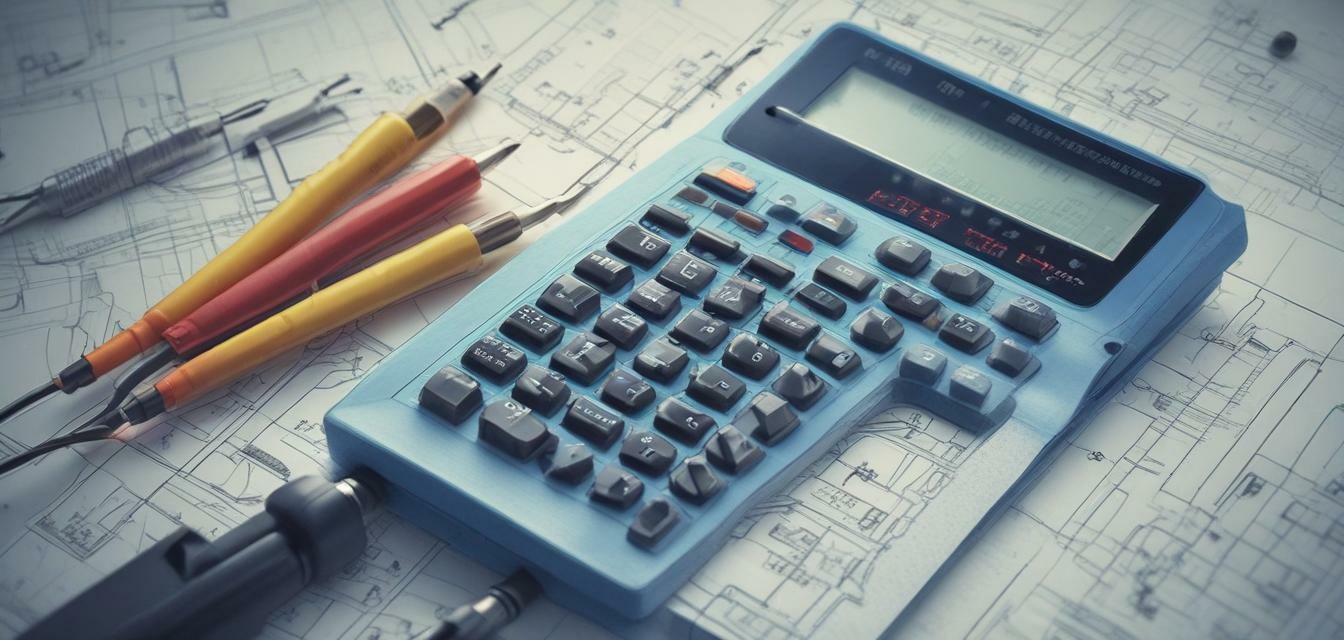
Best Practices for Electrical Load Calculations
Key Takeaways
- Understand the types of loads: residential, commercial, and industrial.
- Consider future expansion and flexibility in calculations.
- Follow the NEC guidelines to ensure compliance and safety.
- Utilize software tools for accuracy and efficiency.
- Avoid common pitfalls such as underestimating peak demands.
Electrical load calculations are essential for ensuring that electrical systems can handle the demands placed upon them. Whether you are designing a new facility, renovating an existing one, or making improvements, understanding the best practices can make a significant difference in safety and performance.
Understanding Electrical Loads
The first step in making accurate electrical load calculations is understanding the types of loads involved. There are three primary categories:
| Load Type | Description |
|---|---|
| Residential | Typical household appliances and lighting. |
| Commercial | Office equipment, HVAC systems, and lighting in commercial buildings. |
| Industrial | Heavy machinery and specialized equipment used in manufacturing. |
Best Practices for Electrical Load Calculations
1. Assess Current Loads
Start by assessing the current load on the system. This includes listing all devices, appliances, and equipment that will be powered. Make sure to gather accurate wattage requirements for each item.
2. Calculate Wattage
Use the formula:
Wattage = Voltage x Amperage
Make sure to account for both continuous and non-continuous loads.
3. Consider Demand Factors
Utilize demand factors based on the type of load. This approach allows for more accurate predictions of actual usage rather than simply adding all the loads together. Refer to the National Electrical Code (NEC) for guidelines on demand factors.
4. Factor in Future Expansion
When designing electrical systems, consider future flexibility and expansions. By anticipating changes and additions to the electrical load, you can help prevent under or over-sizing the infrastructure.
5. Compliance with NEC
Complying with NEC regulations is crucial. They provide standards and codes that ensure safety and efficiency across all electrical applications.
Common Pitfalls to Avoid
- Underestimating peak demand loads.
- Overlooking continuous load calculations.
- Failing to update calculations after system modifications.
- Relying solely on experience instead of appropriate calculations.
Utilizing Tools and Software
Consider leveraging software designed for electrical load calculations. These tools streamline the process, providing enhanced accuracy and reporting capabilities. Many resources are tailored for electricians and engineers to simplify complex calculations.
Conclusion
Accurate electrical load calculations are foundational to any electrical design. Following best practices, understanding load requirements, avoiding common mistakes, and utilizing available software can save time and increase safety. Always stay informed about current codes and standards to ensure your calculations are not only precise but also compliant.
Beginner's Tips for Electrical Load Calculations
- Double-check your calculations.
- Involve professionals when in doubt.
- Keep updated records of electrical load calculations for future reference.
- Review local codes and standards regularly.
Pros
- Ensures safety and compliance with regulations.
- Prevents overloads and electrical failures.
- Facilitates future upgrades and expansions.
Cons
- Can be time-consuming without proper tools.
- Requires a good understanding of electrical principles.
- May need professional guidance for complex systems.
Further Resources
Explore additional articles on electrical practices and tools: